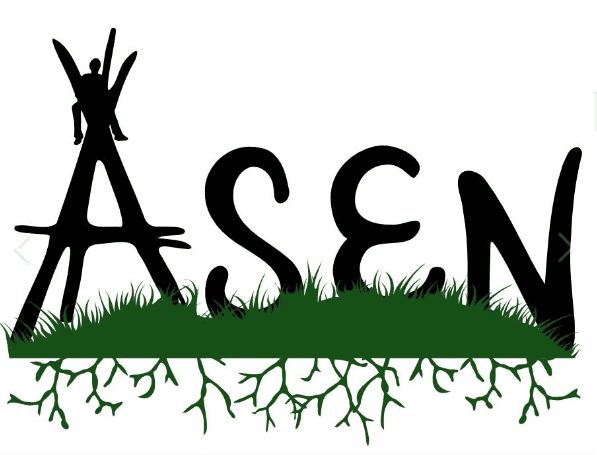Australian Student Environment Network connects student environment groups from around Australia committed to building grassroots movements for change. We actively work for environmental and social justice through transformational and empowering collective action on a range of critical ecological and social issues. We recognise that Aboriginal sovereignty was never ceded, and work in solidarity with Aboriginal struggles. The Australian Student Environment Network, or ASEN, is the network of student environment collectives from around Australia committed to building grassroots movements for change. We campaign, educate, and provide opportunities for people young and old to gain the skills, education and experience necessary to become lifelong change agents. While many of us are students, we actively encourage people from all walks of life to get involved – after all, we’re all students of life!
Through the network, you can get involved in organising around critical ecological and social issues with people all over Australia, such as campaigning to end CSG mining and coal exports, organising Australia’s largest environmental justice conference, working alongside First Nations folk in struggles for sovereignty or breaking the deadly nuclear chain.
ABOUT
The Australian Student Environment Network, or ASEN, is the network of student environment collectives from around Australia committed to building grassroots movements for change. We campaign, educate, and provide opportunities for people young and old to gain the skills, education and experience necessary to become lifelong change agents. While many of us are students, we actively encourage people from all walks of life to get involved – after all, we’re all students of life! Through the network, you can get involved in organising around critical ecological and social issues with people all over Australia, such as campaigning to end CSG mining and coal exports, organising Australia’s largest environmental justice conference, working alongside First Nations folk in struggles for sovereignty or breaking the deadly nuclear chain.
ASEN works to challenge the kinds of spaces we find in the mainstream, instead seeking to create spaces that are inclusive and aim to explicitly break down sexism, homophobia, racism, class and geographical barriers. Each environment collective chooses what they want to campaign for as a group; each individual chooses how they direct their energy and strengths. ASEN’s events and publications are the main spaces we use to explore these issues, and we invite you to get along and get involved!
Structure
Probably the easiest way to figure out ASEN’s structure is through this cool image done by one of our members. Can you see where you and your collective fits? The collectives are the building blocks, or roots of the network. Individuals come together in collectives, these collectives come together in state networks, and they all come together in the national network: ASEN. Individual collectives have the autonomy to determine their own projects and internal procedures. The state networks support collectives, encourage communication and resource sharing among different collectives, organise get-togethers and skill shares and facilitate campaigns within the state. The states stay in contact and try to share resources and ideas all over the country.
Decision-making
Unlike other many organisations, in ASEN, all members have the same power to input and make decisions about where the network is going and what the national officer bearers are doing. This is your network, and that means we all have both the right and responsibility to take care of it.
Consensus Process
ASEN uses the consensus based model to make decisions. This process is used in non-hierarchical groups and co-operatives the world over in order to include everyone’s thoughts and concerns in the decision-making process, and to make sure no-one is completely against the end decision. While this presents a lot of challenges, we believe it is one of the first steps to challenging injustice and inequality. For more on the background to consensus, check out the ActUpNY website. The diagram shows the full process that a group must go through in order to make a decision. Anyone has the right to block consensus if they feel that the decision will impact negatively upon them, however, it is usual to suggest a modified proposal that you would agree to. Consensus is reached if everyone can agree to a proposal, and then action points are discussed. Not all decisions need consensus. Any member can use the ASEN logo and name to support any event or cause that conforms with our charter. Check out the decision making guidelines for more info.
ASEN National Council
National Council is the main decision making space in ASEN, occurring regularly as a google hangout open to all members. You can make proposals and have a say in every decision at National Council. Sign up to become a member if you’re interested in joining in! Note: decisions that are made nationally or in state networks are not binding for or imposed on any group. Your collective must decide that they agree. Each collective is autonomous, yet interconnected, within ASEN. Did you know that ASEN goes way back to 1997? A history of ASEN is coming soon – watch this space. In the meantime, feel free to check out our wikipedia entry.

